Tainted Rising Sun: Cultural Assassination by GHQ
Introduction
Growing up in Japan during the 80s and 90s, I always felt an unshakable sense of something missing—like the Tokyo life surrounding me wasn’t the full picture, as if a deeper, more vivid reality was just out of reach. That feeling cast a shadow over my childhood, leaving behind a quiet but persistent melancholy.
After spending the last 20 years in America, I’ve gradually begun connecting the dots, piecing together fragments of knowledge that were once hidden from me. What I felt as a child wasn’t just a personal imagination—it was the result of a deliberate force that has been at work in Japan since the end of World War II. A force that has systematically dismantled and erased the traditions, spirit, and very soul of Japanese culture from her people.
As I wrote in this post before, throughout history, victors of wars have erased the cultural wisdom of the conquered to establish dominance and control, and Japan was no exception. In this post, I will trace how this force worked to dismantle Japanese traditions and treasures, one by one, in an effort to weaken the nation at its core. Without any delay, let’s get rambling.
‘Superhuman’ Abilities of Traditional Japanese People
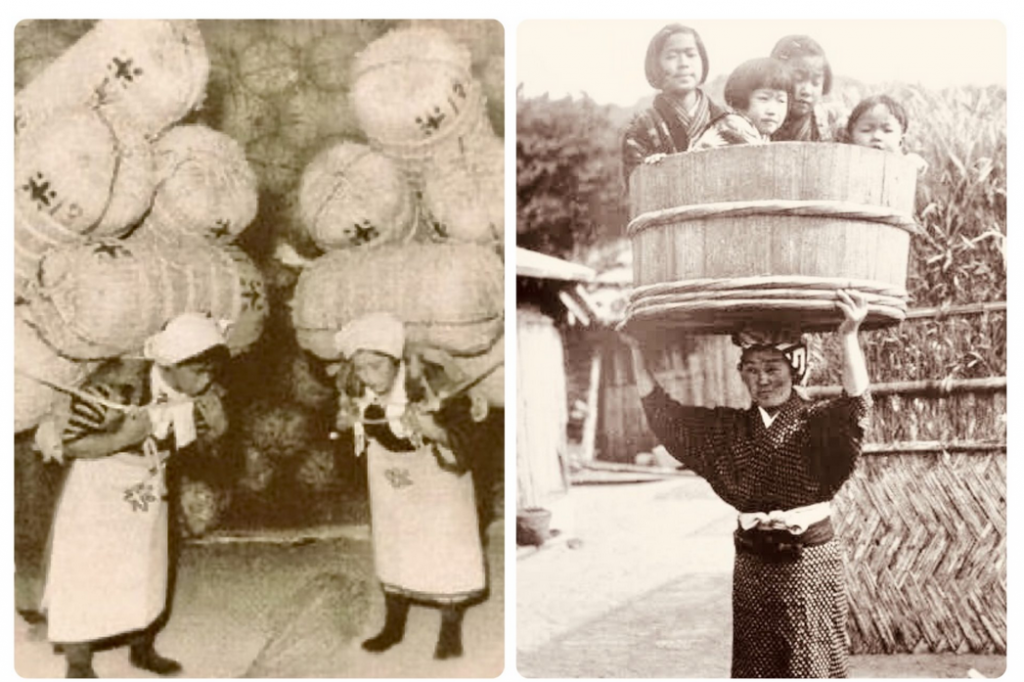
The world widely recognizes the exceptional skill and discipline of the samurai, Japan’s elite warriors who served as loyal military retainers during the Edo period. But what about the common people of that era? Were they physically different from modern Japanese people? Oh yes. Greatly.
Genetically speaking, there is little difference between Edo-era Japanese and their modern counterparts. As an island nation that was never colonized, Japan experienced minimal foreign genetic influence. Yet, compared to today’s standards, Edo-period Japanese displayed physical abilities that can only be described as superhuman.
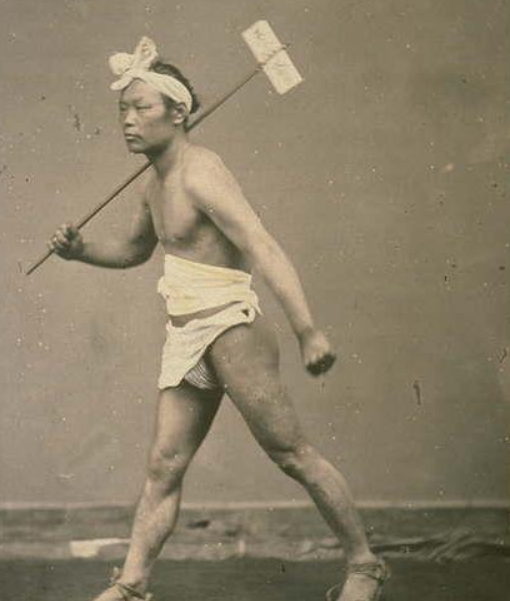
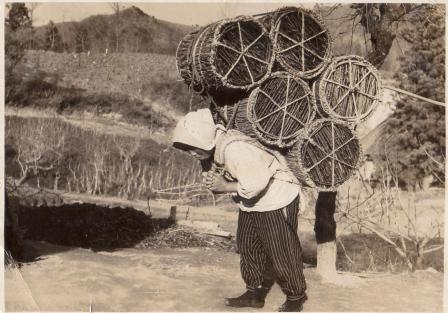
Take, for example, the hikyaku (飛脚)—specialized couriers who delivered expedited mail. A single hikyaku could cover the roughly 300-mile journey between Edo (modern Tokyo) and Osaka in just two days, running well over 100 miles per day—the equivalent of nearly four marathons daily!
Farmers, too, possessed astonishing strength. Women work ing in rice fields routinely carried multiple kome-dawara (米俵, straw rice bags) on their backs—sometimes up to five at a time. Given that each bag weighed approximately 60 kg (132 lbs), these women carried a whopping 300 kg (660 lbs) on their tiny but mighty bodies while going about their daily tasks. Such feats of endurance and strength are unimaginable for most modern Japanese people.
So, what changed? A dramatic shift in lifestyle—marked by a move away from physically demanding work and the adoption of a Westernized diet—had a profound effect on the nation’s physical capabilities. These once-common superhuman traits would later become both a source of fascination and concern for the occupying forces after World War II.
Meiji Restoration and World Wars
The arrival of American Commodore Matthew Perry in 1853 marked the beginning of a profound transformation in Japanese society and culture. Forced to open her borders to trade with the United States, Japan was thrust into a new era of internal conflict. Seizing this moment, a faction opposed to the ruling Shogunate and the samurai system used Western influence—like Perry’s presence—as momentum to overthrow the Tokugawa shogunate government. This led to the Meiji Restoration and the rapid modernization and Westernization of Japan. This was the beginning of the gradual erosion of traditional Japanese lifestyles.
However, the most significant and devastating change came in 1945, when Japan surrendered at the end of World War II. The General Headquarters (GHQ) of the American occupation force remained in Japan for seven years, under the pretense of demilitarization, democratization, and economic reform. In reality, this was a calculated effort by a victorious power to reshape and control a defeated nation—essentially, a form of colonization.
A key division of the GHQ, the Civil Information and Education Section (CIE), was assigned to investigate the secret behind Japan’s formidable military strength. Their research led them to uncover the deeply rooted customs, lifestyles, and traditions that had kept the Japanese people physically strong, mentally resilient, and spiritually grounded for centuries. Once they identified these sources of power, the next step was clear: systematically dismantle them through new regulations and educational programs.
Through carefully crafted GHQ policies and regulations, these elements of Japanese culture were slowly stripped away from people’s consciousness—not in an obvious, sudden way, but through a gradual and deliberate process spanning generations. Over the past 80 years, this effort has succeeded in indoctrinating, Westernizing, and weakening of the Japanese people, severing them from their ancestral strength and wisdom. Today, most Japanese are unaware that their ancestors once possessed such extraordinary abilities. Even the memory of that power has been effectively erased from the national consciousness.
In the following sections, I will explore what the CIE discovered—and how the GHQ ensured that these vital aspects of Japanese culture were lost.
Shinto Held Some Japanese Secrets
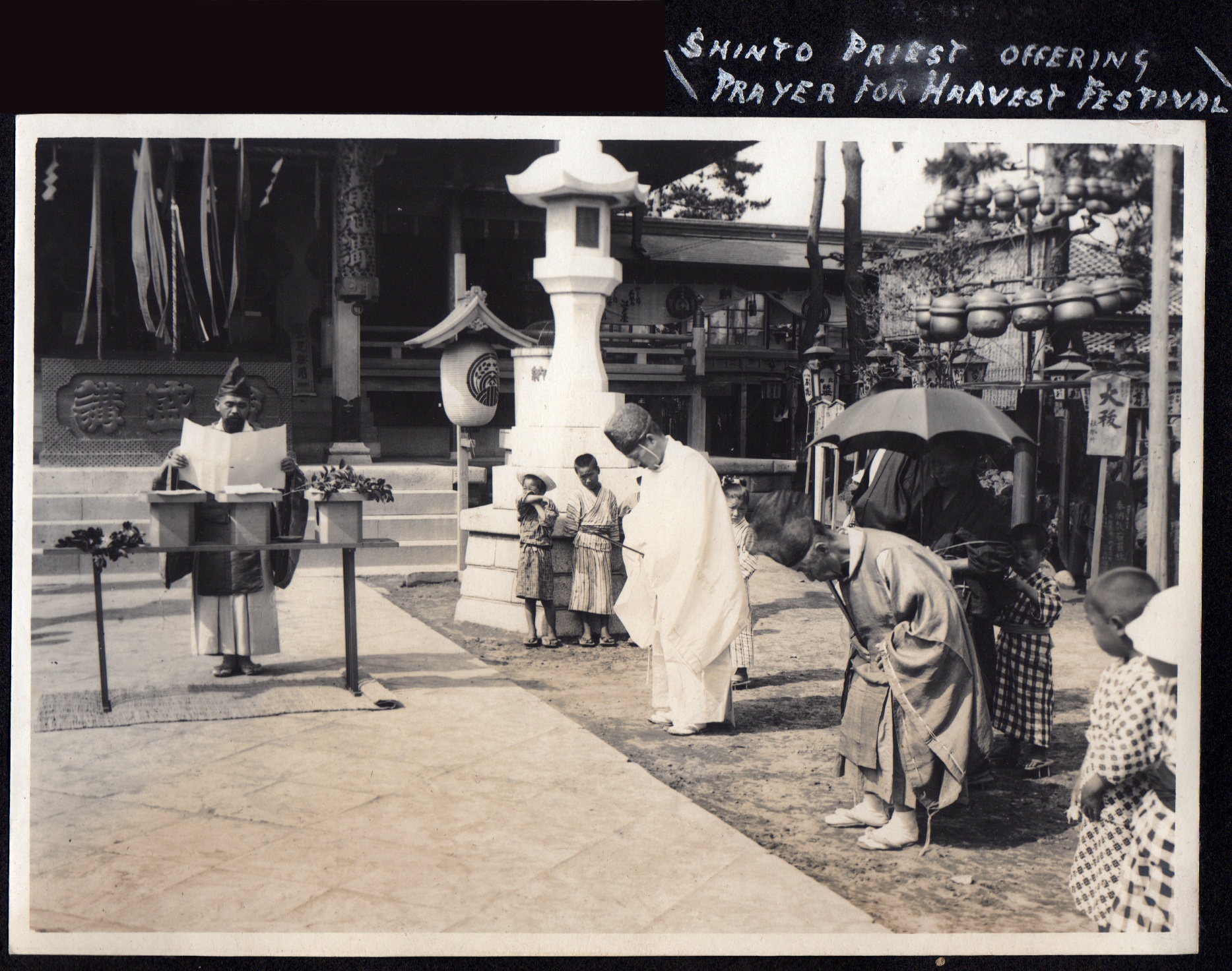
The first place the CIE focused on was Shinto shrines, where they found a wealth of customs and rituals that Westerners couldn’t fully understand but knew held significant importance in explaining why the Japanese people were the way they were. Initially, the GHQ believed that Japan’s military strength was rooted in a fanatical religion, similar to the fascist ideologies of Nazi Germany or Fascist Italy. Their first instinct was to burn down every Shinto shrine across the country.
However, before taking such drastic action, they decided to observe a Shinto ritual firsthand. They approached Chief Priest Yamaguchi of the Nakahikawa Shrine (chosen for its proximity—just an hour’s Jeep ride from the GHQ) and demanded that he prepare and perform a Shinto festival of Niiname Sai (新嘗祭, thanksgiving for harvest) for them. The catch? They gave him just three days to prepare. Usually rituals like Niiname Sai require weeks or even months of meticulous planning.
Not only was this an unreasonable request, but the American occupation forces were notorious for their brutal treatment of the Japanese people. There were frequent reports of rape, murder, and abuse by American soldiers, making Chief Priest Yamaguchi understandably concerned for the safety of everyone involved—especially the maidens who would participate in the ceremony as dancers. However, knowing that the fate of Shintoism in Japan could hinge on the success of this festival, mister Yamaguchi reluctantly agreed to carry out the task.
When the festival day arrived, the performance exceeded expectations. The Americans were treated to a feast and a plentiful amount of sake, while the maidens danced with grace, and the ceremony went off without incident. The CIE members left impressed, and the decision was made that Shinto shrines would not be destroyed after all.
However, during the festival, the CIE members realized something: Shintoism held powerful secrets of Japanese vitality and strength—elements of the national character deeply embedded in its spiritual practices. So, while they didn’t dismantle Shintoism outright, fearing the mysterious strength of Japanese people, the CIE crafted policies and regulations to weaken these vital aspects of Japanese life, systematically eroding them over time.
This strategy worked so effectively that I felt the effects of this cultural erosion by the time I was growing up. I was “educated,” or rather, indoctrinated, to believe that being Japanese was something shameful, something to be guilty of. The treasures of my own culture and lineage were carefully hidden from me.
The GHQ’s assault on the spiritual aspects of Japan—aspects that gave the people strength and resilience—was particularly insidious. In a typical Shinto altar offering, we can observe several elements that were targeted.
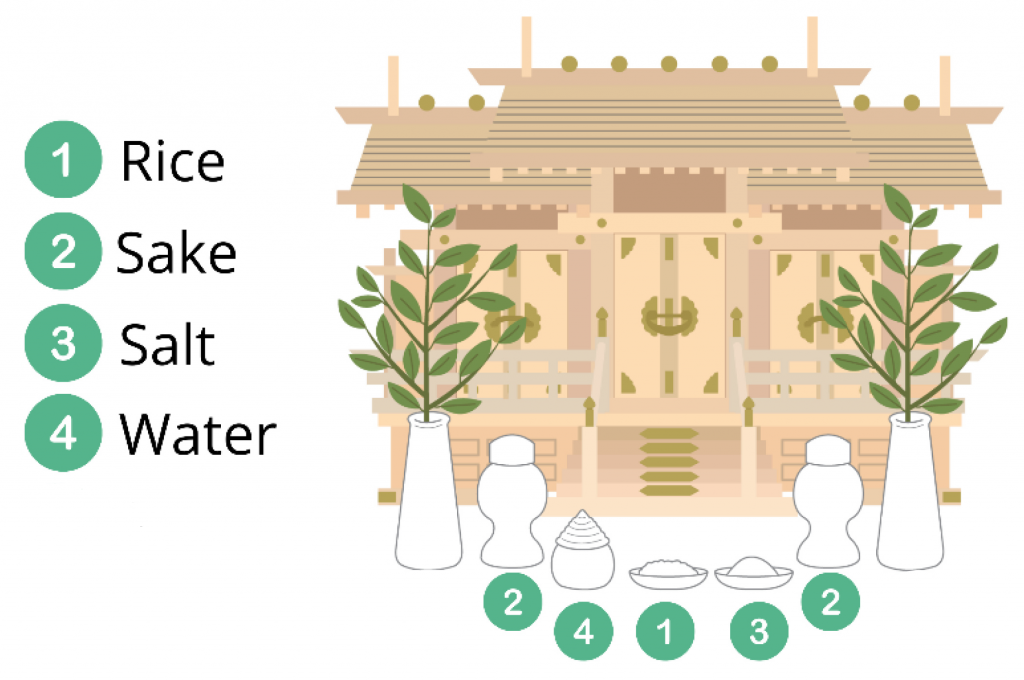

The elements targeted by GHQ are:
Rice
Sake
Salt
Water
Hemp (used as a purification device above and ropes on shrines)
The lunar calendar
The original Japanese language (Yamato)
In the following posts, I will explore how each of these aspects was systematically undermined by the policies of the GHQ and their long-lasting impact on the Japanese people. Thank you for rambling with me on another cultural exploration.
Next up is a post on how GHQ stripped away essential elements from Japanese culture starting with salt.
P.S. Please leave a comment below; I would love to hear from you! You can also join the journey through my periodic newsletter so we can keep in touch with Japan’s hidden gems, stories, recipes, and more!




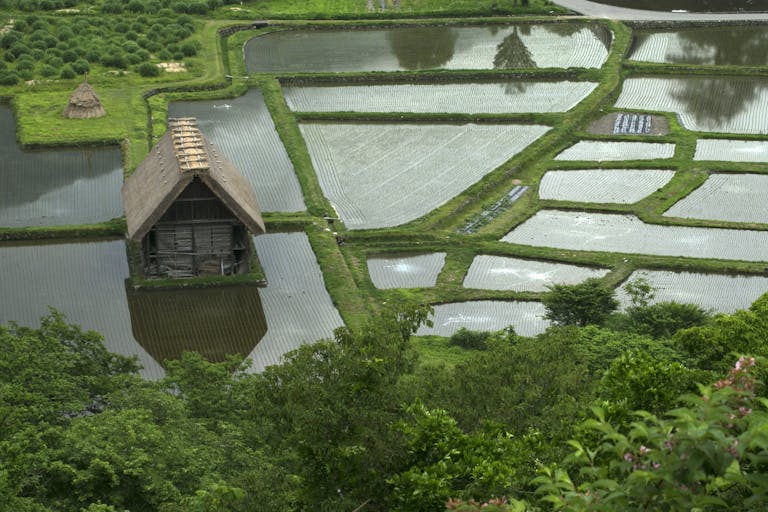
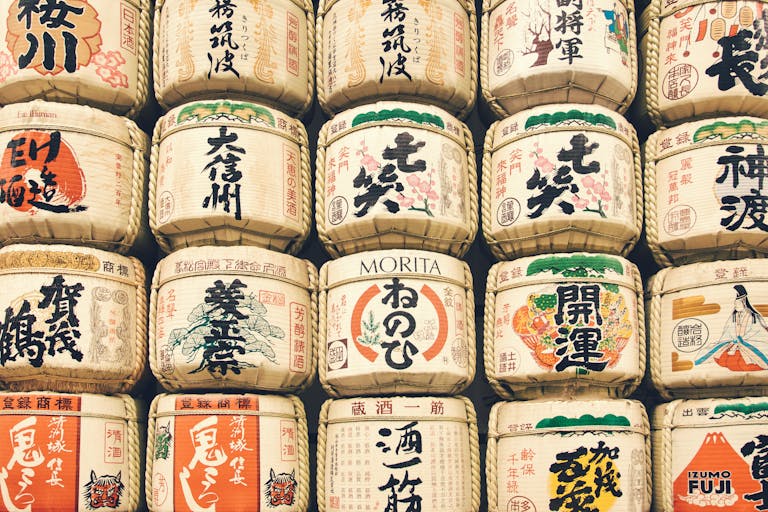
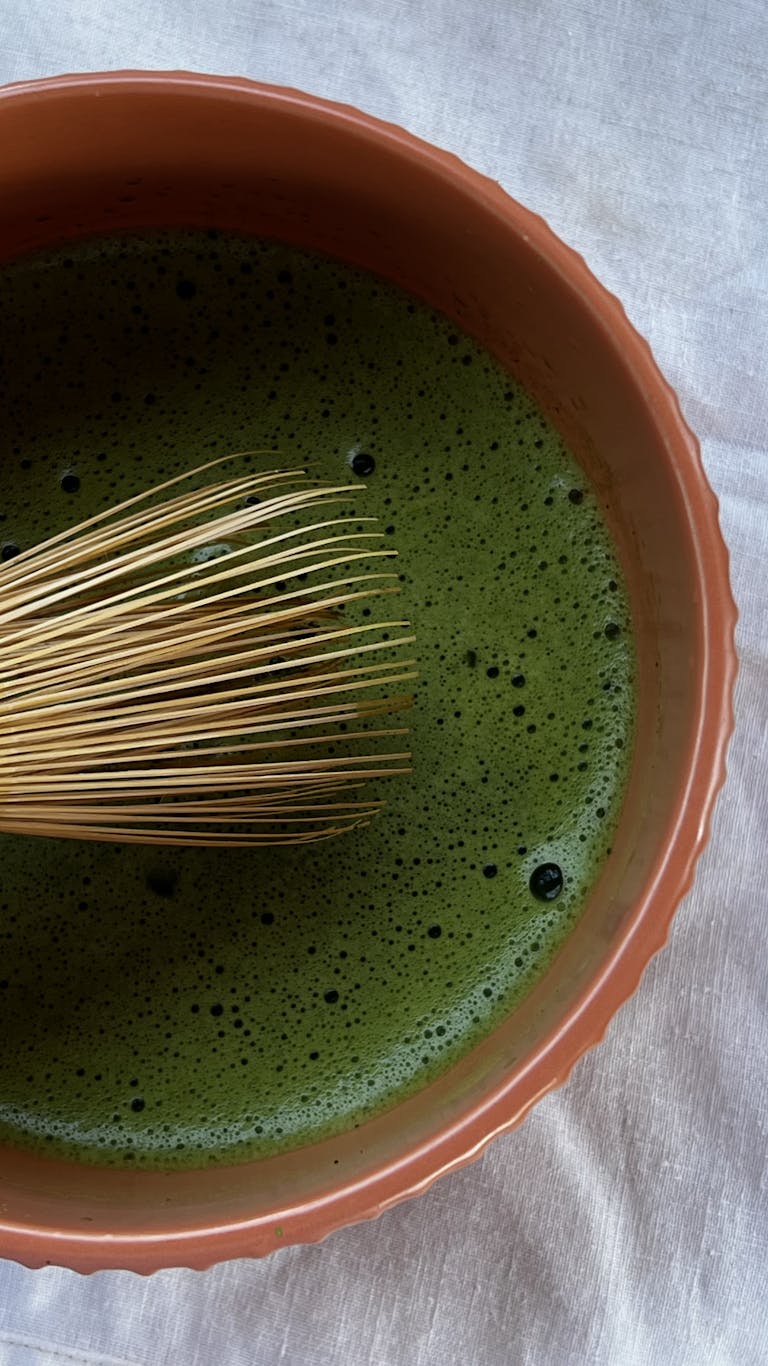
One Comment